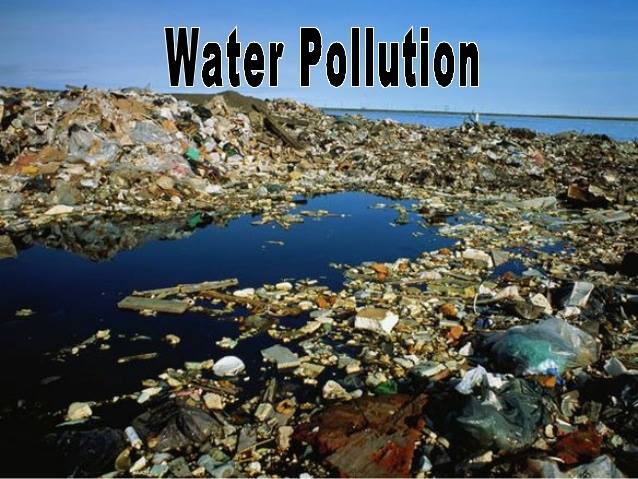LEU. What do you know about endangered mammals in Lithuania? by Dominyka Dovidaitytė

Air pollution, water pollution, climate change and so on, these are all environmental problems. But how about endangered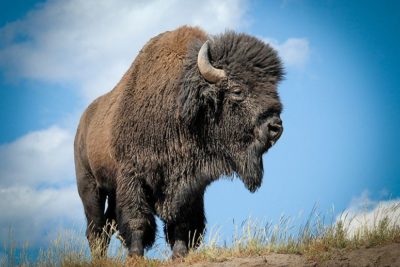 species? What do we call endangered species? Do we have those in Lithuania? An Endangered species is a species which has been categorized by the International Union for Conservation of Nature (IUCN) Red List as likely to become extinct. Because of increasing urbanization and expanding infrastructure, deforestation animals are being
species? What do we call endangered species? Do we have those in Lithuania? An Endangered species is a species which has been categorized by the International Union for Conservation of Nature (IUCN) Red List as likely to become extinct. Because of increasing urbanization and expanding infrastructure, deforestation animals are being
extinct. There are too many of them to be discussed. Let’s look at some mammals.
Bison is the largest mammal known in Lithuania. Bison was a very important hunting object in Lithuanian history, the Grand Duke Jogaila was interested in great animals’ (including bisons) hunting. Now there are very few of them left. 
Next one is the brown bear. They weigh 130-170 kg. In earlier years
because of increasing population and farming these bears had been hunted as predators. And also deforestation was causing the same problem-extinction.
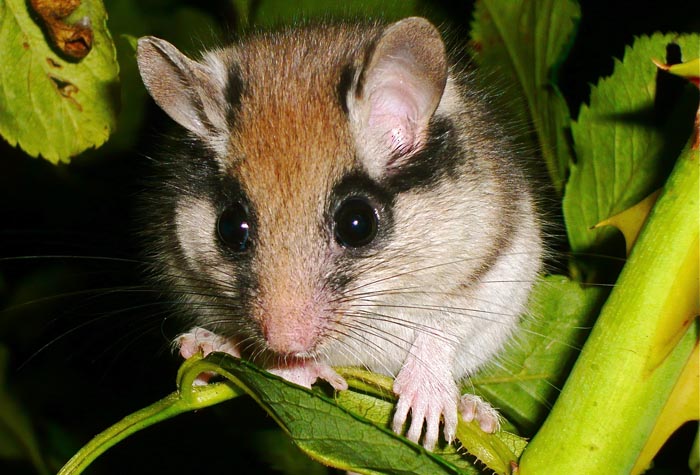 The third one is forest dormouse. Its appearance is squirrel-like, On average, the forest dormouse is 110 mm long with a fluffy grey tail nearly as long as its body. The head and body length can range from 80 mm to 130 mm, while the length of the tail can range from 60 mm to 113 mm. The range of its body mass is between 18 grams and 34 grams.
The third one is forest dormouse. Its appearance is squirrel-like, On average, the forest dormouse is 110 mm long with a fluffy grey tail nearly as long as its body. The head and body length can range from 80 mm to 130 mm, while the length of the tail can range from 60 mm to 113 mm. The range of its body mass is between 18 grams and 34 grams.
All in all, we should protect and respect our country, environment and animals. I hope that in future the level of extinction will decrease.

 industrial or commercial purpose. This article will look into causes and effects of deforestation.
industrial or commercial purpose. This article will look into causes and effects of deforestation.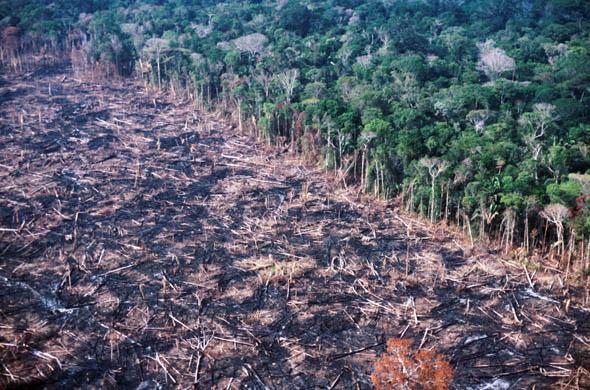 Deforestation has many negative effects on the environment. The most dramatic impact is a loss of habitat for millions of species. Deforestation also causes climate change. Forest soils are moist, but without protection from sun-blocking tree cover they quickly dry out. Trees also help perpetuate the water cycle by returning water steams back into the atmosphere. Without trees forest lands can quickly become deserts. Trees also play a huge role in absorbing the greenhouse gases that cause global warming. Fewer forests means larger amounts of greenhouse gases entering the atmosphere – and increased speed of global warming.
Deforestation has many negative effects on the environment. The most dramatic impact is a loss of habitat for millions of species. Deforestation also causes climate change. Forest soils are moist, but without protection from sun-blocking tree cover they quickly dry out. Trees also help perpetuate the water cycle by returning water steams back into the atmosphere. Without trees forest lands can quickly become deserts. Trees also play a huge role in absorbing the greenhouse gases that cause global warming. Fewer forests means larger amounts of greenhouse gases entering the atmosphere – and increased speed of global warming.


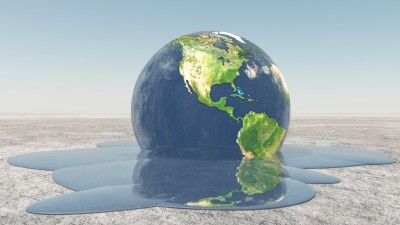
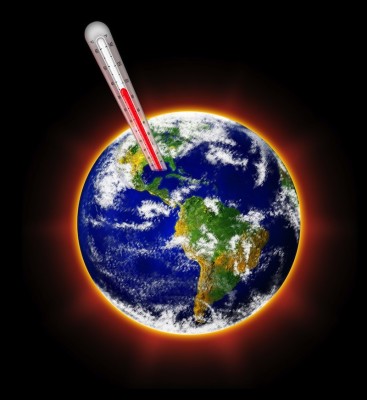

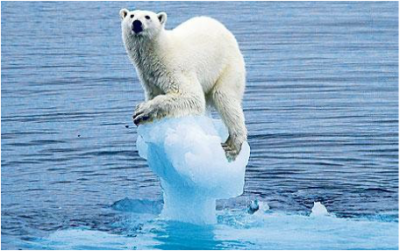
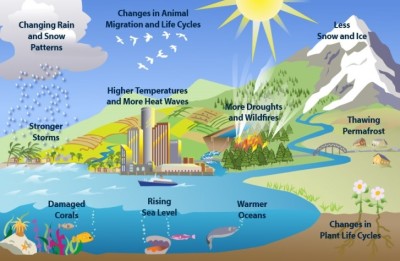 Climate change is first and foremost an issue. You might have noticed that the weather’s been hotter than usual, or you have noticed a drought in your area or conversely, unusual storms. To prevent climate change you can start by using less electricity, driving less, switching to LED bulbs or eating less meat.
Climate change is first and foremost an issue. You might have noticed that the weather’s been hotter than usual, or you have noticed a drought in your area or conversely, unusual storms. To prevent climate change you can start by using less electricity, driving less, switching to LED bulbs or eating less meat.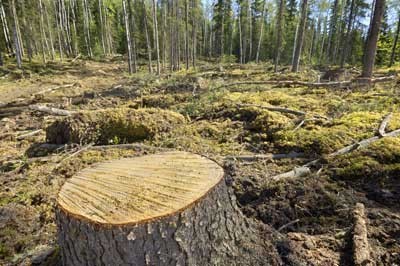 Another thing to mention is deforestation. Tropical rainforests, which are crucial to stabilizing the climate and to human survival, are being chopped down at breakneck pace- one and a half acres of rainforest are lost every second. Humans have already chopped down about 50% of the rainforests that once existed on the planet and at the current rate of destruction, we will completely destroy the rainforests in the next 40 years. What we could do as individuals? By using recycled paper, we can decrease the need to cut down as many trees and by buying goods made with FSC-certified wood, we can show retailers that we don’t want them to support brands that obtain lumber irresponsibly. Last but not least, why not plant a tree or even a hundred trees.
Another thing to mention is deforestation. Tropical rainforests, which are crucial to stabilizing the climate and to human survival, are being chopped down at breakneck pace- one and a half acres of rainforest are lost every second. Humans have already chopped down about 50% of the rainforests that once existed on the planet and at the current rate of destruction, we will completely destroy the rainforests in the next 40 years. What we could do as individuals? By using recycled paper, we can decrease the need to cut down as many trees and by buying goods made with FSC-certified wood, we can show retailers that we don’t want them to support brands that obtain lumber irresponsibly. Last but not least, why not plant a tree or even a hundred trees.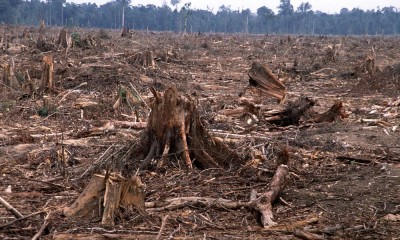
 Moving on we face pollution. Pollution comes in many forms and no matter where we live we all probably have seen it more or less. It became a part of our daily routine to see such thing like smog in the streets of big cities. The first thing we can all do to reduce the amount of pollution in our streets, air and water is to make a mental change. Before buying a new product, ask yourself if you really need it or if you might be able to purchase it secondhand. It could make a big difference in the amount of trash we see in our landfills. Secondly, if you don’t already recycle, get into the habit. If everyone adopted these easy principles, the world would be in a much better place.
Moving on we face pollution. Pollution comes in many forms and no matter where we live we all probably have seen it more or less. It became a part of our daily routine to see such thing like smog in the streets of big cities. The first thing we can all do to reduce the amount of pollution in our streets, air and water is to make a mental change. Before buying a new product, ask yourself if you really need it or if you might be able to purchase it secondhand. It could make a big difference in the amount of trash we see in our landfills. Secondly, if you don’t already recycle, get into the habit. If everyone adopted these easy principles, the world would be in a much better place. Global warming is another environmental issue which is increase in earth’s temperature due to effect of greenhouse gases called carbon dioxide, methane, water vapor and other gases. Without these gases, this planet would turn be cold for life to exist. What can be done? Reduce, reuse, recycle. By recycling half of your household waste, you can save 2,400 pounds of carbon dioxide annually, use Less Heat and Air Conditioning, use less hot water, encourage others to conserve!
Global warming is another environmental issue which is increase in earth’s temperature due to effect of greenhouse gases called carbon dioxide, methane, water vapor and other gases. Without these gases, this planet would turn be cold for life to exist. What can be done? Reduce, reuse, recycle. By recycling half of your household waste, you can save 2,400 pounds of carbon dioxide annually, use Less Heat and Air Conditioning, use less hot water, encourage others to conserve!

